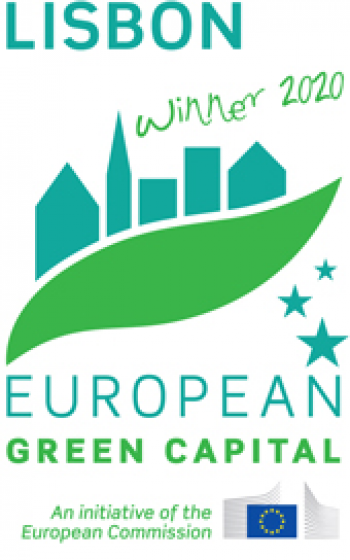
In Europe, the start of a new decade of environmental progress was marked by the passing of an environmental torch—the title of European Green Capital—from one European city to another. The stark contrast between Oslo, the 2019 recipient, and Lisbon, this year’s winner, is significant since it highlights the ways cities of all different types are finding innovative ways to move the needle forward when it comes to reversing the effects of climate change. While Norway represents a country that has already established a formidable commitment to sustainable practices and operates within a more financially stable and resource-rich reality, Portugal represents an entirely different set of circumstances from which to drive change.
During the opening ceremony that kicked off Lisbon’s title year, the jury revealed that it felt Lisbon, which started its journey toward sustainability during a period of economic crisis, could serve as a role model for other cities across the EU and the world by demonstrating how sustainability and economic growth can go hand in hand. With the second-lowest birth rate in Europe and the majority of its most viable workforce unable to sustain itself on the Portuguese minimum wage of 600 euros (650 USD) per month, Portugal is seeing its young adults move out of the country in search of work in more competitive markets. The fact is that sustainable cities create improved quality of life conditions for their residents while simultaneously attracting a quality workforce to help develop those cities in the future. It’s thus no wonder that Lisbon’s incentive to go green goes beyond the singular desire to cut back on carbon emissions.